The Skull of Alum Bheg —— The Life and Death of a Rebel of 1857
----- 明矾头骨:1857年叛军的生死
Using the artefact of a human skull, this story provides an intimate and vivid account of life and death in British India. This book tells the story of Alum Bheg, an Indian soldier in British service, who was executed during the Uprising of 1857, and whose skull was brought back to England as a grisly war-trophy. Examining the colonial practice of collecting and exhibiting human remains, this book offers a critical assessment of British imperialism that speaks to contemporary debates about the legacies of Empire and the myth of the 'Mutiny'.
{{comment.content}}


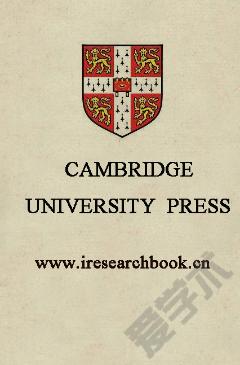
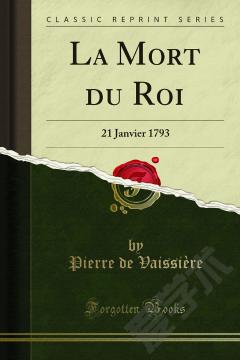
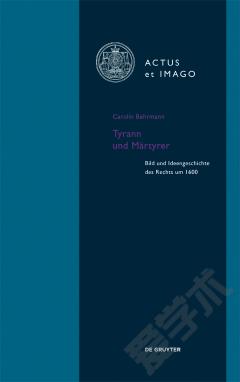
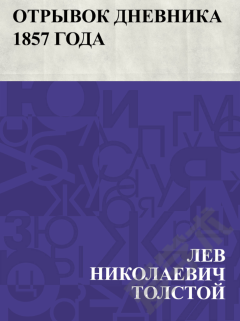
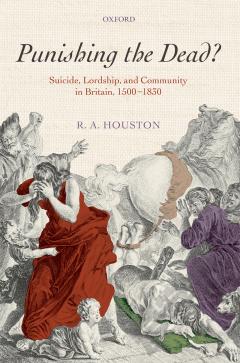

 京公网安备 11010802027623号
京公网安备 11010802027623号